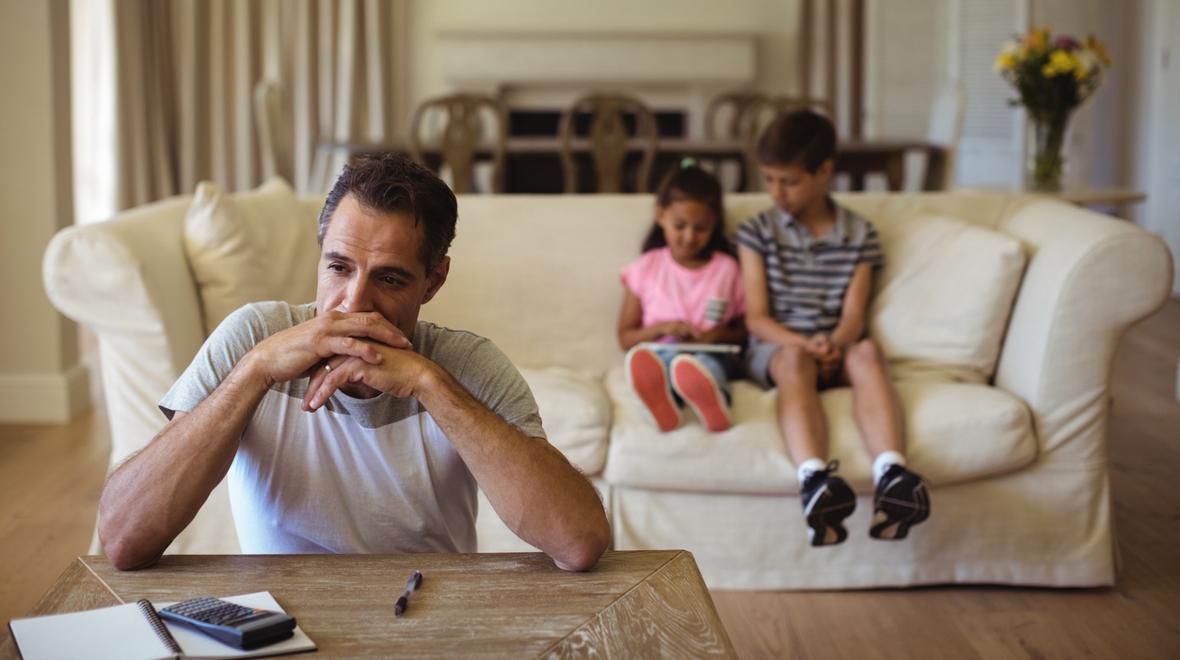When a robbery takes place, the damage doesn’t stop at stolen items or a single shaken victim—it sends shockwaves through entire neighborhoods. The robbery impact on Texas communities runs deeper than many realize, touching everything from local businesses and schools to mental health, economic development, and even the justice system. These crimes, whether carried out with violence or just the threat of it, create a lingering sense of fear and mistrust that can stick with residents long after the yellow tape is gone.
In this article, we’ll break down robbery’s ripple effect on Texas communities, exploring how a single incident can destabilize families, neighborhoods, and entire city blocks. We’ll take a human-focused approach—sharing real-life stories, highlighting patterns in rural and urban Texas, and offering an honest look at how crime prevention, legal response, and community resilience intersect.

What Constitutes Robbery in Texas?
The Legal Definition
To understand the robbery impact on Texas communities, we need to first define the crime itself. Under Texas Penal Code § 29.02, robbery is committed when someone, in the course of committing a theft:
- Intentionally, knowingly, or recklessly causes bodily injury to another; or
- Intentionally or knowingly threatens or places another in fear of imminent bodily injury or death
If a weapon is involved or if someone is seriously hurt, the charge escalates to aggravated robbery, which is considered a first-degree felony in Texas.
In practical terms, this could mean anything from a mugging at knifepoint in downtown Dallas to a pharmacy robbery in rural Lubbock. And while every case is unique, each one contributes to the larger picture of how robbery impacts Texas communities emotionally, economically, and socially.
Real-Life Story: A Corner Store in El Paso
In 2022, a small family-owned convenience store in El Paso was held up by two masked individuals with guns. No one was physically injured, but the emotional trauma lasted much longer. The owner, Roberto, had to install security cameras, change store hours, and let go of one employee due to the financial strain.
Local customers stopped shopping there at night. Some elderly residents who relied on the store for groceries no longer felt safe walking there. Roberto later told a local news station, “The money they took, I could survive without it. But the peace we lost—that’s harder to get back.”
This story is just one example of how robbery’s ripple effect on Texas communities extends well beyond the immediate crime scene.
Psychological Impact on Victims and Witnesses
The Invisible Scars
For victims and even witnesses, robbery often brings long-term emotional consequences. People affected by robbery may experience:
- Post-traumatic stress disorder (PTSD)
- Generalized anxiety and panic attacks
- Depression and withdrawal
- Insomnia and nightmares
- Hypervigilance or fear of leaving the house
In a 2020 study conducted by the Texas Crime Victim Clearinghouse, over 60% of robbery victims reported suffering from long-term anxiety, while nearly 1 in 4 experienced symptoms of PTSD.
This emotional toll contributes to robbery’s impact on Texas communities because it weakens the collective sense of safety. When victims retreat or neighbors fear walking outside, community cohesion suffers.
Economic Consequences of Robbery in Texas
Crime Isn’t Cheap
Robberies don’t just harm individuals—they also place a burden on local economies. Consider the direct and indirect costs that ripple through Texas towns and cities:
- Businesses may lose revenue due to damage, theft, or lost customer trust
- Insurance premiums rise, especially for high-crime areas
- Law enforcement and emergency response costs increase
- Courts become overloaded with criminal dockets
- Families of both victims and offenders may face housing or job loss

In places like Houston and San Antonio, where dense populations and income disparities create complex urban challenges, the robbery impact on Texas communities often translates into stalled economic development. Investors are wary, tourism suffers, and families move elsewhere.
Example: After a string of armed robberies in a Houston strip mall, at least three businesses closed within six months. Landlords struggled to fill the vacancies, and the area saw increased loitering and vandalism—creating a feedback loop of decline.
School Safety and the Fear Factor
When Violence Reaches the School Gates
Another overlooked aspect of robbery’s ripple effect on Texas communities is the impact on local schools. When a robbery happens near school grounds—or involves young offenders or victims—students are affected directly.
Teachers may notice:
- Lower concentration among students
- Increased absenteeism
- Elevated disciplinary issues
- Fear-related anxiety, especially among younger children
In urban districts like Dallas ISD, security has become a growing concern, with some schools investing in metal detectors and security staff after robberies in nearby neighborhoods.
Parents, too, become reluctant to allow children to walk to school or participate in after-school programs, which shrinks student opportunities and contributes to broader inequality.
Law Enforcement Challenges and Community Trust
Striking a Balance
Responding to robbery takes a toll on police departments, especially in underserved communities. Officers must balance:
- Reactive patrols after a robbery
- Preventive surveillance in high-risk areas
- Community engagement and rebuilding trust
- Investigations and evidence collection
When officers focus heavily on robbery enforcement, other crimes may receive less attention. On the other hand, if communities feel over-policed, trust in law enforcement erodes—especially in neighborhoods of color.
In cities like Fort Worth and Corpus Christi, community policing programs are trying to strike this delicate balance, aiming to reduce the robbery impact on Texas communities without increasing the friction between police and residents.
Robbery and Small Business Survival
A Knockout Blow for the Local Economy
In small-town Texas—places like Nacogdoches, Odessa, or Seguin—a single robbery can be catastrophic for local business owners. Many small businesses:
- Don’t carry robust insurance
- Can’t afford high-tech security systems
- Rely on narrow profit margins
- Employ close friends or family who may be traumatized by a robbery
The loss of community business isn’t just financial—it’s cultural. When long-standing local shops shut down after robberies, the fabric of the town changes.
Example: In rural East Texas, a mom-and-pop diner that had served breakfast for 30 years was robbed one early morning. The owners were too shaken to continue. The diner closed two weeks later, leaving a noticeable void in the town’s daily rhythm.
Understanding this part of robbery’s ripple effect on Texas communities reveals just how long-lasting the damage can be.
Social Trust and Neighborhood Identity
How Crime Reshapes Community Bonds
Robbery doesn’t just affect the person who was robbed—it creates a shared anxiety in the community. Neighbors stop trusting each other. Newcomers feel unsafe. And long-time residents may decide to move.
This breakdown in social trust is one of the most damaging elements of robbery’s ripple effect on Texas communities. When people stop looking out for each other, crime has more room to grow.
You’ll often hear neighbors say things like:
- “I used to leave my door unlocked. Not anymore.”
- “We used to have block parties. Now everyone keeps to themselves.”
- “It doesn’t feel like home anymore.”
These subtle shifts contribute to a slower decline in community quality of life, often without anyone realizing it until it’s too late.
The Role of Community Response
Recovery Starts at the Grassroots Level
While the damage of robbery can be widespread, community response plays a major role in reversing its effects. In towns and neighborhoods across Texas, people are taking action to rebuild trust and reclaim safety through:
- Neighborhood watch programs
- Community forums and town halls
- Victim support circles
- Partnerships between police and local leaders
- Grant-funded safety upgrades for small businesses

These initiatives aim not only to prevent future crimes but also to repair the social fabric torn apart by fear. The strongest antidote to the robbery impact on Texas communities is a united, proactive response.
Real-Life Story: Turning a Tragedy into Action
In South Dallas, a woman named Felicia was robbed at gunpoint while locking up her family’s laundromat. The incident shook her, but instead of closing up shop, she partnered with a local nonprofit to install new security systems and hosted monthly safety seminars for neighborhood teens.
Three years later, not only had her business survived—it had expanded. She credits community involvement and mentorship programs as the reason for the turnaround.
Felicia’s story illustrates the power of resilience and how community-led initiatives can counter the robbery ripple effect in Texas with strength and solidarity.
Legislative Responses and Legal Penalties
What Texas Law Says About Robbery
Texas penalizes robbery harshly, with sentences varying based on circumstances. Here’s a breakdown:
- Robbery (Texas Penal Code § 29.02) – Second-degree felony
- 2 to 20 years in prison
- Up to $10,000 in fines
- Aggravated Robbery (§ 29.03) – First-degree felony
- 5 to 99 years or life in prison
- Up to $10,000 in fines
These penalties increase if:
- The victim is elderly or disabled
- A deadly weapon is used
- The crime happens in conjunction with another felony
Prosecutors and judges in high-crime areas may also push for harsher sentencing to discourage repeat offenses.
Understanding these consequences is crucial—not just for offenders but also for communities advocating for justice and reform in light of the broader robbery impact on Texas communities.
Technology’s Role in Crime Prevention
Smart Tools for Safer Streets
Modern tools are giving Texas communities new ways to fight back against robbery. These include:
- Surveillance cameras with facial recognition
- License plate readers
- Crime-mapping software
- Real-time text alert systems
- Social media neighborhood groups

While these tools can raise privacy concerns, many communities see them as necessary in combating rising crime. Technology, when paired with grassroots involvement, can serve as a force multiplier in reducing the robbery impact on Texas communities.
Final Thoughts on Robbery’s Ripple Effect on Texas Communities
Robbery is more than just a crime—it’s a shock to the system. From local businesses and schools to emotional health and neighborhood cohesion, the effects ripple outward long after the crime itself. And in Texas, where community pride and independence run deep, the damage can feel especially personal.
But Texas communities are also tough. With the right blend of legal accountability, community engagement, smart policing, and victim support, it’s possible to push back against the fear and rebuild stronger than before.
Robbery’s ripple effect on Texas communities is real—but so is the ability to respond, heal, and reclaim safety, one block at a time.


